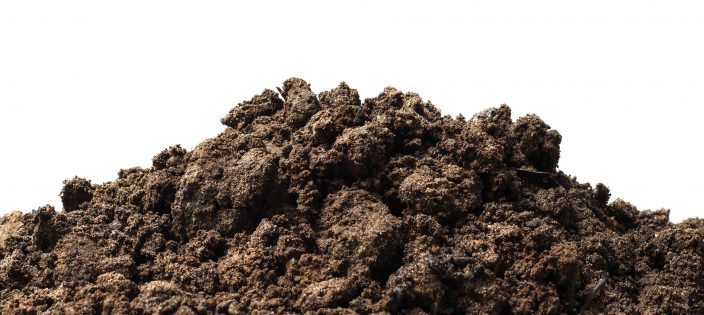Farmer’s Guide to Trucking Regulations available to Ohio Farm Bureau members
The guide includes a farm driver checklist, overview of state and federal regulations and exemptions, CDL qualifications and more.
Read More
Farmers are used to getting paid for raising a quality product — soybeans, sweet corn, apples, peppers. But a farm’s value lies in its soils, too. What if farmers could get paid for building a quality soil?
Just like markets for those soybeans, there’s now a small, but growing, commodity market for building and storing carbon in a farm’s soils.
What exactly is carbon? In layman’s terms, it’s soil organic matter — soil health. Farmers who manage their farms for improved soil health are improving their business’s productivity and the environment at the same time. Carbon dioxide can be stored in the soil through no-till planting, restoring wetlands, converting cropland to permanent grass or trees, planting conservation buffers and using cover crops. Theoretically, American soils could soak up more than 100 million tons of carbon annually.
So how do farmers get paid for storing carbon?
Commodity trading programs have been developed that facilitate the buying and selling of carbon credits. Farmers receive carbon credits for storing carbon in the soil, and the credits are then aggregated and sold to companies wanting to reduce greenhouse gas emissions.
Several companies are already in the carbon credit business. In July, Bayer unveiled its Carbon Initiative, rewarding 1,200 farmers in Brazil and the U.S. for agricultural practices like cover crops and no-till farming. Indigo Ag and Seattle-based startup Nori have both created programs to pay farmers for sequestering carbon in their soils and trees, and Cargill started a pilot program in Iowa this spring and is expanding it to other Corn Belt states, including Ohio.
Basically, carbon trading is like any commodity trading program, said Dale Arnold, Ohio Farm Bureau’s director of energy, utility and local government policy. Think corn or soybeans. Producers can buy and sell grain with the local elevator, but everything is indexed to a commodity exchange, the Chicago Board of Trade.
It’s the same thing with the carbon credits, he said. There are two major markets where carbon commodities are traded on a daily basis. In North America, it’s the CME Global Emissions Contracts and in Europe, it’s the EU Emissions Trading System.
There’s a market where everyone is indexed, but there are a number of prerequisite qualities that qualify these carbon credits for trading.
So how would a baseline be established, especially if someone is already doing cover crops or no-till or woodland management? And how can someone know how much additional carbon is being sequestered if additional practices are added?
There are a lot of factors that affect how carbon is stored in soils — different soil types and different management practices affect how much carbon gets stored, and carbon levels can fluctuate at different depths. Weather and precipitation also play a role. These factors make measuring carbon sequestration difficult, too. But while measuring carbon in soils used to be a time-consuming process that involved removing soil cores and sending them to a lab to be analyzed, there are now more automated, data-driven steps, including farm-based sensor data and satellite imagery.
Arnold said there is a new wave of consultants or employees for credit aggregators like Cargill and Indigo Ag who are calculating a baseline for farmers, and farmers need to carefully select those individuals too, making sure that person understands the market and how the credits are traded and defined. Ohio Farm Bureau has a carbon market aggregator and broker referral list available upon request for members.
But saying a practice is being added that will increase a field’s carbon storage won’t cut it. Just like being able to fulfill a grain contract, farmers will need to be able to meet the storage commitment. That means keeping records and participating in data collection from the farm so efforts can be verified, typically by an independent third-party auditor.
“Part of the challenge with agricultural carbon credits is that the verification costs can be high,” said Andrew Walmsley, American Farm Bureau Federation director of congressional relations. That limits revenue for a farmer at today’s prices.
Both chambers of Congress are currently considering the Growing Climate Solutions Act of 2020 (H.R.7393 and S.B. 3894) that would, among other things, create a third-party verifier certification program through USDA. These verifiers would certify the work being done is indeed generating credits. The bipartisan bills, supported by American Farm Bureau and other leading farm and environmental groups, would also make it easier for farmers to get reliable information about markets and to get help from qualified technical assistance providers.
“Whoever figures out the lowest cost and trusted verification standard will probably end up with the most successful market for ag credits,” Walmsley said.
A contract for storing carbon in soils, is just that — a contract — and this is a market. “When you make a commitment, just like when you do a contract for delivery of corn and beans down at the local elevator, regardless of what happens, you are obligated to deliver,” Arnold emphasized. Treat it like any other contract and seek legal counsel before entering into any agreement.
Carbon sequestration is a long-term commitment. A credit, measured in metric tons of carbon dioxide equivalent, can last from three to seven years, depending on the practice.
Wait, wasn’t there a carbon credit system in place 15 years ago? Yes. The Chicago Climate Exchange ended its seven-year trading system Dec. 31, 2010. But some say the timing is right for a stronger sustained trading platform. “There’s just been too much societal pressure on companies to act,” said Walmsley during a September briefing with the Ohio Farm Bureau policy development committee. “We’ll continue to see them move forward.”
That’s not a bad thing, he added, if they work with agriculture to craft programs. “There are going to be opportunities for agriculture.”
OFBF’s Arnold agrees.
The balance between the economic and environmental benefits just wasn’t there 10 years ago, but there’s much more interest today, he said. “The economic benefit is much different because there are companies that are looking carefully at sustainability and practices that use or emit less and less carbon.”
“The opportunities are going to be there.”
When central Ohio farmer Fred Yoder spoke before the House Select Committee on the Climate Crisis last October, he was pretty blunt about the effects of changing weather patterns on his farm.
“Climate change is disrupting my operations today and is a major threat to the future economic viability of my four decade-plus family farming operation,” Yoder testified. “Agriculture is a science-based industry. I make decisions on my farm based on the best science I can find. Science is telling us that the climate is changing. I see it happening before my very eyes.”
He also emphasized farmers need to be at the center of discussions for solutions. That’s because systems to improve the environment need to be economically viable on the farm and need to recognize the vast differences in farm geography and soils.
“We have to understand each and every soil type and custom create a program that is going to work for that particular soil,” Yoder said. If the U.S. follows a one-size-fits-all plan, “you are not going to get to where you need to be.”
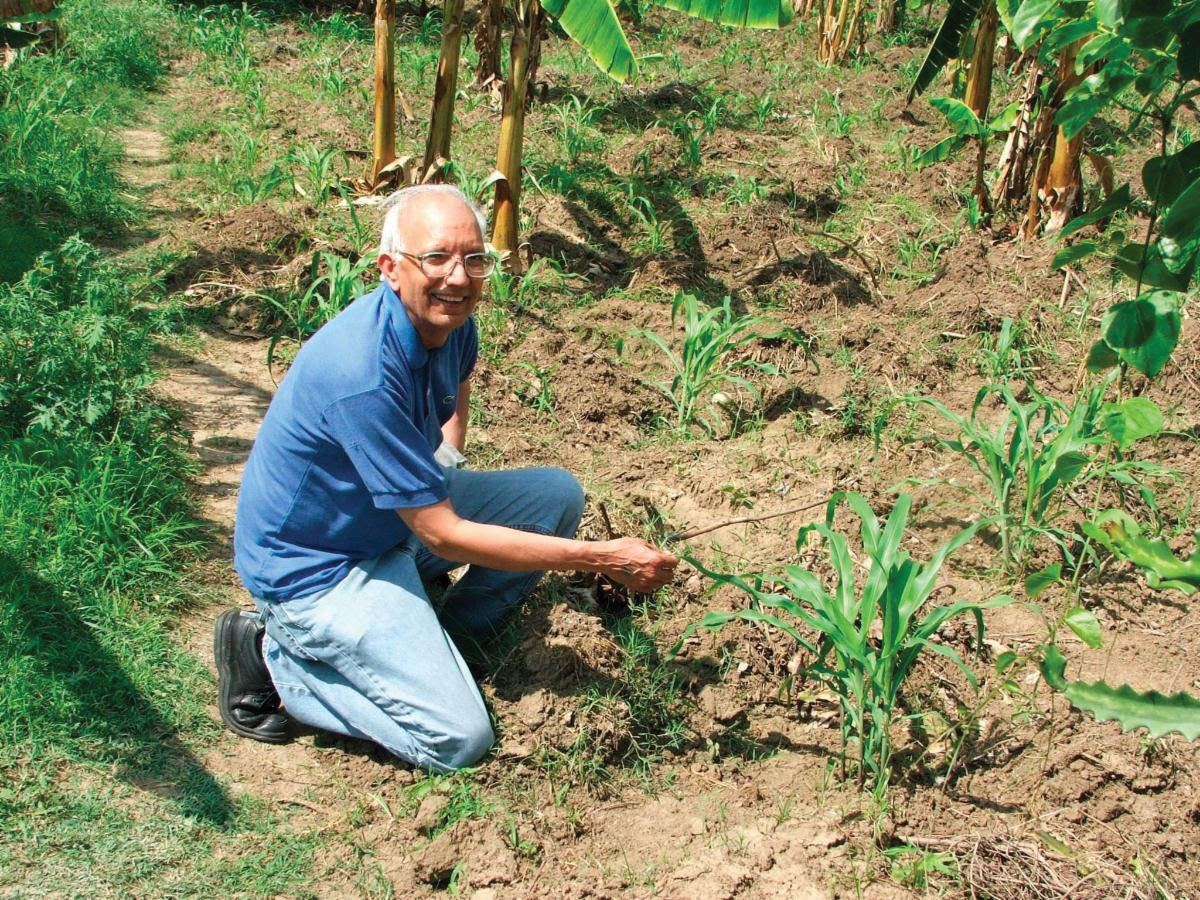 When people talk about agriculture and soil health, there is one name that quickly enters the conversation: Dr. Rattan Lal.
When people talk about agriculture and soil health, there is one name that quickly enters the conversation: Dr. Rattan Lal.
Lal, a distinguished university professor of soil science and founding director of the Carbon Management & Sequestration Center at the Ohio State University, has pioneered research on the restoration of soil health, not only in Ohio and the United States, but globally, on six continents and in 110 countries. His findings have impacted agricultural yields, natural resource conservation and climate change mitigation worldwide, and this summer, he was named the 2020 World Food Prize Laureate.
Soil health and the climate have been a focus of Lal’s work, and three separate United Nations Climate Change Conferences adopted his strategy of restoring soil health as a means to sequestering carbon. He authored “The Potential of U.S. Cropland to Sequester Carbon and Mitigate the Greenhouse Effect” — back in 1998 — and continues to champion improved agriculture and soil management as a solution to environmental issues, particularly the adaptation and mitigation of climate change. It’s something he calls a “win-win option and a bridge to the future.”
Lal’s models indicate that restoring soil health can lead to multiple benefits by the year 2100, including more than doubling the global annual grain yield to feed the growing world population, while decreasing the land area under grain cultivation by 30% and decreasing total fertilizer use by half.
“Sustainable management of soil and agriculture is also essential to keeping global temperatures within the safe range and restoring the environment,” Lal said while accepting the World Food Prize.
“The health of soil, plants, animals, people and the environment is one
and indivisible.”
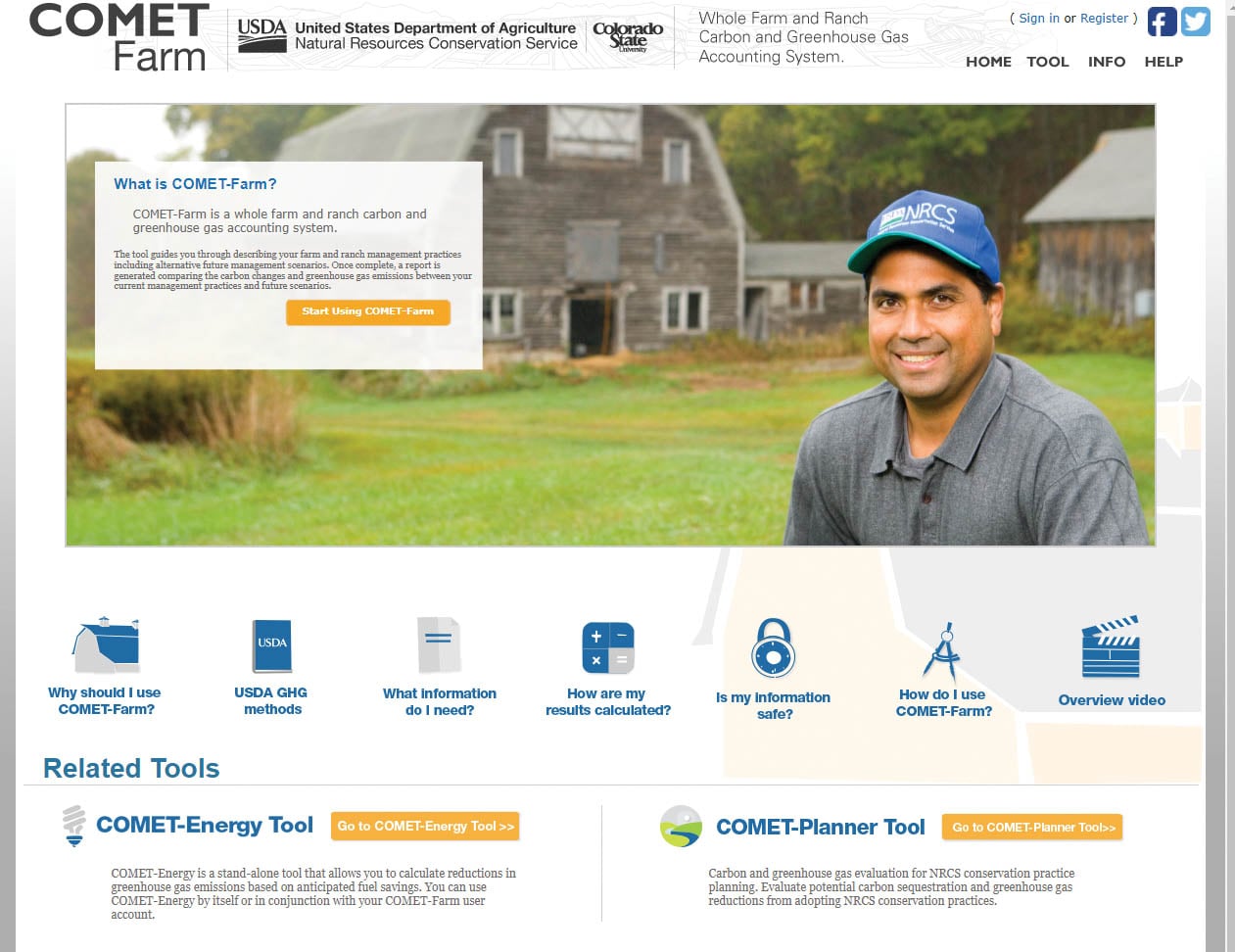 Agriculture accounts for less than 10% of total U.S. greenhouse gas emissions, far less than transportation, electricity generation and industry sectors.
Agriculture accounts for less than 10% of total U.S. greenhouse gas emissions, far less than transportation, electricity generation and industry sectors.
While they may make catchy headlines, cow farts and burps aren’t killing the environment. Livestock producers — beef, pork, dairy — contribute less than 3% to U.S. GHG emissions.
Carbon storage is the total amount of carbon sequestered over a given number of years. It is considered a “carbon sink” if the amount of carbon stored is greater than the amount of carbon released.
Use the COMET-Energy calculator, developed by the USDA and Colorado State University, to walk through farm practices and generate a report that shows if potential changes to management practices are likely to sequester carbon at
comet-farm.com.
Agriculture’s commitment to the environment


The guide includes a farm driver checklist, overview of state and federal regulations and exemptions, CDL qualifications and more.
Read More


Katie Share of Columbus has been named ExploreAg and Youth Development Specialist for Ohio Farm Bureau.
Read More

Mary Klopfenstein of Delphos has been named Young Ag Professional and Ag Literacy Program Specialist for Ohio Farm Bureau.
Read More

The plan has been updated to give sole proprietors access to more rate stability and a smart solution that offers potential savings on health care.
Read More

The American Farm Bureau Federation, in partnership with Farm Credit, is seeking entrepreneurs to apply online by June 15 for the 2025 Farm Bureau Ag Innovation Challenge.
Read More

Adele Flynn of Wellington has been elected treasurer of the Ohio Farm Bureau Federation and now holds the third highest elected office in Ohio’s largest and most influential farm organization.
Read More

Producers are urged to work with their veterinarian to practice enhanced biosecurity measures and review and limit cattle movements within production systems.
Read More

The changing seasons bring with them the need to thoroughly inspect pole barns for any damages that may have occurred during the winter months.
Read More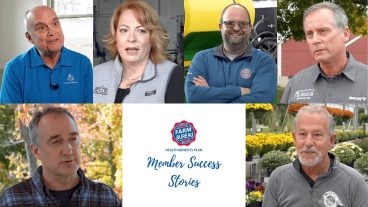
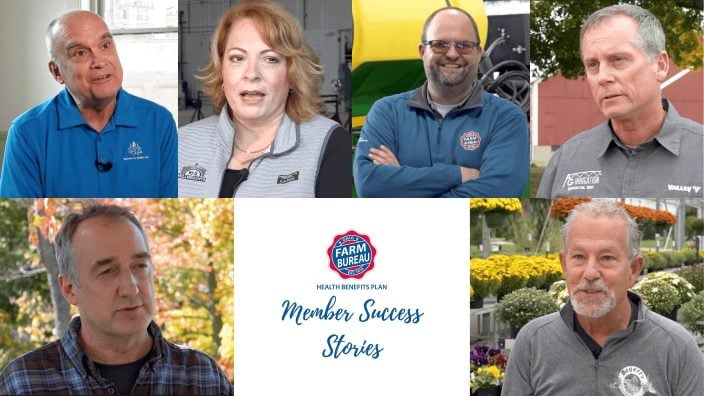
Hundreds of Ohio businesses and sole proprietors are raving about Ohio Farm Bureau’s Health Benefits plan with lower, predictable costs and easy enrollment and administration options.
Read More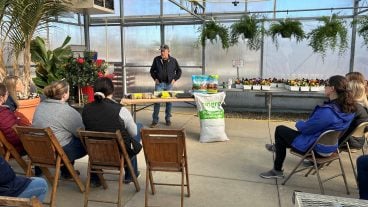
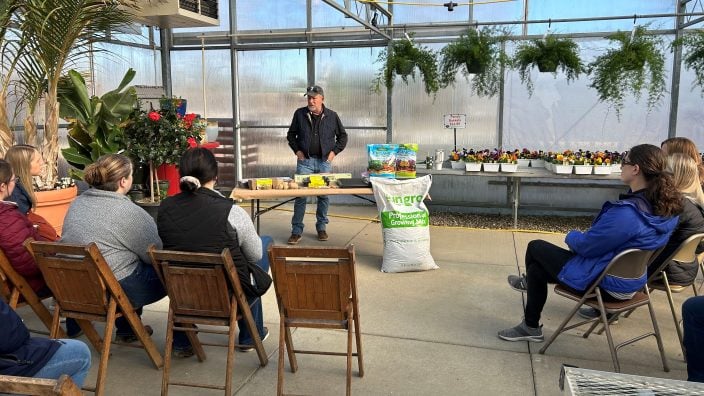
AgriPOWER Class XIV spent a few days in March in Medina and Wayne counties learning more about northern Ohio agriculture from leaders in Ohio Farm Bureau.
Read More